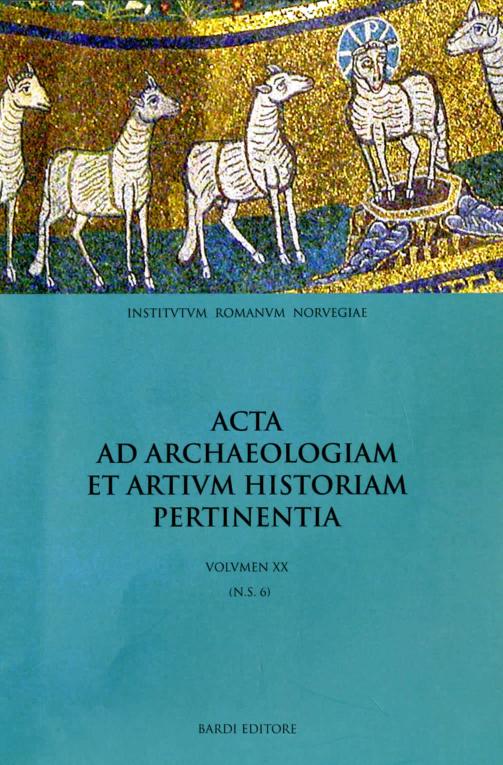Continuatio, Renovatio and Innovatio: The birth of the Doric temple
DOI:
https://doi.org/10.5617/acta.5740Abstract
The origin of the Doric temple can be explained as a result of a creative process based on traditions and elements from Bronze Age culture. The cella, based on a house type which can be traced from the Mycenaean palace “megara” back to prehistoric periods, may have been modelled on Mycenaean buildings of this type still preserved in the early Iron Age and used for religious purposes; there is some evidence for such situations at Eleusis and Tiryns. The Doric formal apparatus of columns and epistyle is explained as a conscious imitation of Mycenaean decorative architecture still visible in the eight and seventh centuries, initially transposed to wooden architecture. The peristasis reflects ancient religious associations connected with the columns, which when surrounding the temple make its religious status and function evident, even if only the flanks or rear of the building can be seen when the sanctuary is approached. A case can be made for pin-pointing the new synthesis to the Heraion at Argos in the Late Geometric period, where the topographical situation and the location close to the impressive monuments at Mycenae, and the desire to emulate these monuments (demonstrated by the retaining wall of the upper platform datable to this period) together created favourable circumstances for such an invention. In this case, the old temple of Hera may have been the first truly Doric and peripteral temple, dating perhaps as early as the late eight or early seventh century BC.
How to Cite
Issue
Section
License

This work is licensed under a Creative Commons Attribution-NonCommercial 4.0 International License.
Authors who publish with this journal agree to the following terms:
- Authors retain copyright and grant the journal right of first publication with the work simultaneously licensed under a Creative Commons Attribution License that allows others to share the work with an acknowledgment of the work's authorship and initial publication in this journal.
- Authors are able to enter into separate, additional contractual arrangements for the non-exclusive distribution of the journal's published version of the work (e.g., post it to an institutional repository or publish it in a book), with an acknowledgement of its initial publication in this journal.
- Authors are permitted and encouraged to post their work online (e.g., in institutional repositories or on their website) prior to and during the submission process, as it can lead to productive exchanges, as well as earlier and greater citation of published work (See The Effect of Open Access).





